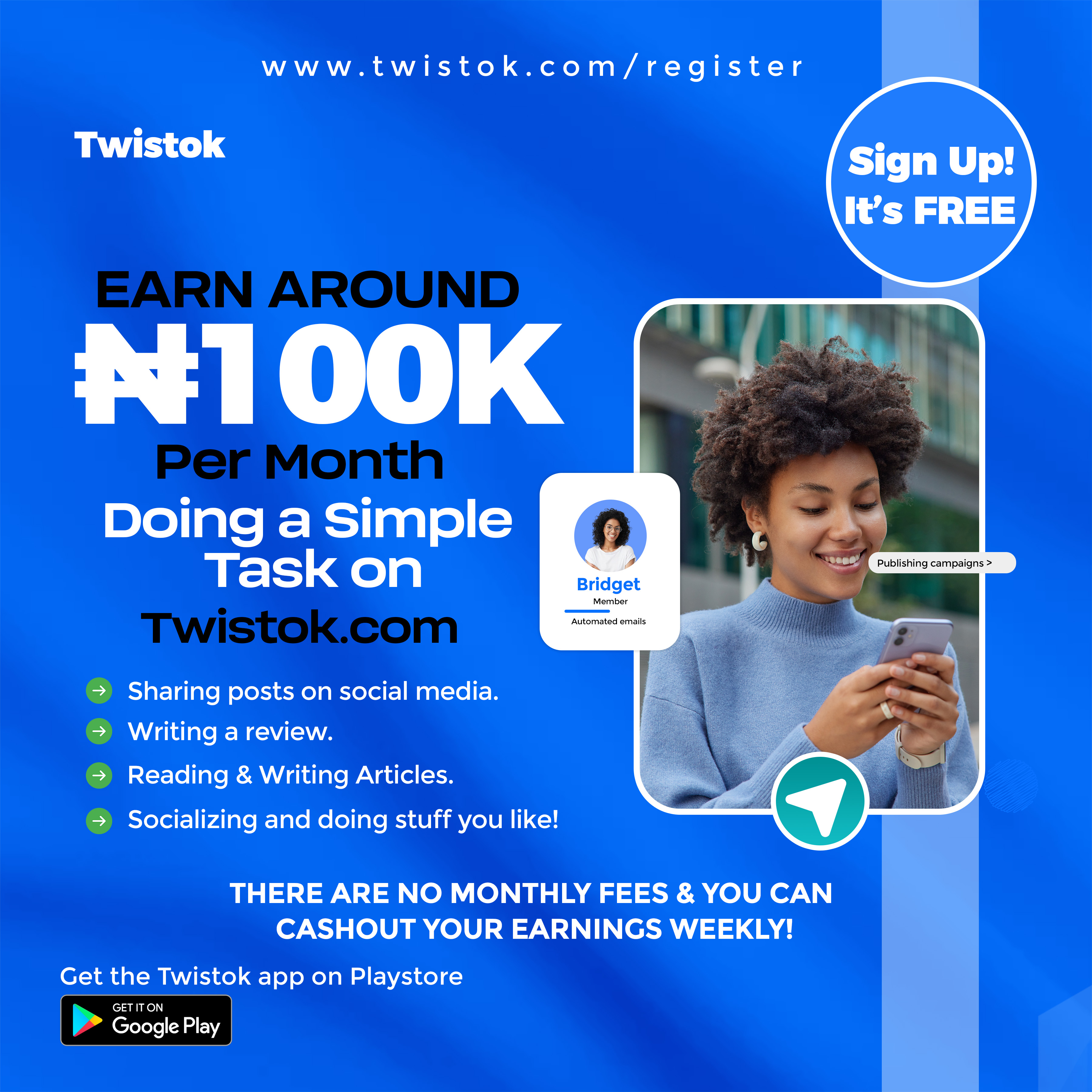Digital marketing is redefining the marketing ecosystem. The availability of AI-powered tools has helped in no small measure to ensure profitability in the online space. More strategies for increasing productivity with a profitable undertone are outlined in the final part of the 11-step guide to crafting a powerful online campaign.
New Customer Acquisition Online and Retention:
Everyone in business needs customers. Furthermore, acquiring new customers and converting them into loyal customers is a more effective way to expand your business and remain competitive.
This section will begin with a discussion of the top three (3) online customer acquisition strategies, followed by the buyer pyramid.
Different people have different experiences regarding finding their first customers online. For some, it was quite easy, while for others, it was pretty tough to get buyers to patronize their business. However, with research, my team and I have identified these three strategies, which we applied in our business to give us a headway among the competition. They are also helpful to ensure that the customers acquired are retained.
Network (Make Connections):
Networking, also known as making a connection, is essential for acquiring and retaining customers. Many people erroneously think networking is simply meeting people, shaking hands, and forgetting their names. Making connections involves meeting people, knowing their names, what products they are interested in, who they are interested in working with, and so on. The reason for doing so is to persuade them to buy your product, keep them, and refer them to others.
For example, I met a successful graphic designer on Instagram and asked how he found and retained clients. He told me that he gets most of his clients by contacting them first, and then reaching out to their friends and colleagues. He stated that, for example, he met a blogger online and approached him, asking if he needed help with designs, to which he replied in the positive. Following that engagement, he became his go-to graphics designer client. The best part of the story, the blogger also keeps referring other people to him for design jobs. Networking is a key component of new customer acquisition and retention.
PayPal conducted research a few years ago to determine how freelancers who use their payment platform acquired and retained customers. The result showed that, on average, 50% of clients come through word of mouth. One way you get a connection through word of mouth is by making connections. That is, meeting people in the first place.
In today's world, social media platforms such as Facebook groups, Instagram, Twitter, itokam.com, and others are excellent places to meet new people. If you have not tried this out already, it is very easy to do so.
For instance, you can visit Facebook and locate the search bar. Search for any group related to your product. For example, if you are a dentist, you can search for a group with dentistry-related objectives. You will be amazed at the result that pops up. You click on the group tab and review the goals that are relevant to your interests.
One of the best places to connect is in a Facebook group. You can join one or more. You can also create a group to promote your business.
Showcase Your Expertise:
There are numerous online platforms where you can showcase your expertise. You can have a blog, create a YouTube channel, have an Instagram account, Twitter account, Facebook Page, etc. Most businesses incorporate blockchain technology into their online offerings for reasons of security, trust, and transparency.
For example, if you are a music teacher, you can consistently get clients from social media by showcasing your abilities and skills. Many have done that, and many more are doing it in different professions. In the PayPal research mentioned earlier, freelancers reported that 37% of clients come through social media. One major way they did that is by demonstrating their expertise on the different platforms. You, too, can duplicate that.
ALSO READ: Decentralized Financial Market – A Comprehensive Guide
Examples of success stories about showcasing or demonstrating one’s expertise have helped acquire new customers and retain existing ones.
YouTube, blog posts, Instagram, and other platforms allow you to showcase your expertise.
Right Targeting:
It will help if you put yourself in your prospect's shoes. Imagine you are the customer they are attempting to attract. If you were in their shoes, what product would you buy and who would you hire to help you solve your problem?
For example, a few years ago, a client of mine started a local music studio. He approached me to help drive the growth of the business. We figured that if he were a parent looking to hire a music teacher for their child, what would he do? We thought the first step would be to use the search engine Google to look for a guitar teacher in the area; the results revealed a handful of such services in the area. I advised him to advertise his services on search engines. We never considered whether the listing would appear at the top of a SERP. Despite that, we listed the service on Google, and guess what we found out? The result was awesome. We were thinking at the time that Google was not the best place to find a music lesson teacher. However, the decision to do that paid off.
The decision to place the music lesson service on Google worked very well. My friend keeps getting fresh students almost every week.
The bottom line is, freelancers are putting themselves in places where clients are looking. Going back to the PayPal research story earlier, they found that 36% of freelancers say they get clients through blog posts, newsletters, and social media. So, if someone searches for the services of a video editor, they see results like upwork.com, Fiverr.com, or industry-specific job sites.
You want more customers, the right kind of customers, that is everyone’s desire. One mistake business owners and entrepreneurs make is that they only target selling to the people at the top of the buyer pyramid.
Speaking about the buyer pyramid, as shown above,. I want you to think about a triangle, Inside the triangle, it is split into four parts. The top of the pyramid represents 3% of your buyers. That percentage is interested in and ready to buy what you offer. Most marketers and business people are always talking to the 3%. Anything not within that percent, they are not ready to buy right now; they just ignored them. The problem with this approach is that you are completely ignoring the other 97%.
Besides the 3%, there is the 6-7%. The 7% are your ideal customers and clients. They are open and capable of buying. They are interested; they may only want you to answer some of their questions. They are like sitting on the fence. Some business owners try to market to them and talk to them once in a while.
The other that follows the 6-7% is the 30%. These are the classes of people who might not be thinking about the product or service. However, they could persuade such a category of potential customers or clients. They are the type that says “maybe; maybe not,” kind of. These classes of potential buyers require a different approach to bring them into the buying circle. Now, if you adopt the right approach, it is almost certain that they will become buyers.
Below that, you have the other 30%. These categories of people do not think they are interested in what they have to offer. They do not know what you are talking about. They do not know why they would need what you have to offer.
Then the last 30%. These may never be bought from you. Nothing you do will convince such people to buy. However, they may change their mind with time. These are people who don’t like or trust you with your offer, no matter what you do. They do not need what you sell.
As a marketer or business owner, you have to understand the people you are marketing your product or service to. What constitutes your marketing message? If you are only talking to the top 3%, like most people do, you are neglecting a big chunk of the marketplace. Now, what could you do to capture the huge untapped number in the marketplace? Your marketing content should target the entire marketplace.
If you can afford it, one of the best ways to bring in the remaining 70% of your dragnet is to provide them with samples. If you are selling an intangible product or service and talking to someone who is not ready to buy from you now, give them a sample of your offer.
You must consider how to get your potential customers to experience what you offer, how your product can solve their problems, and what you do.
For further reading, kindly get the book Digital Marketing Demystified




